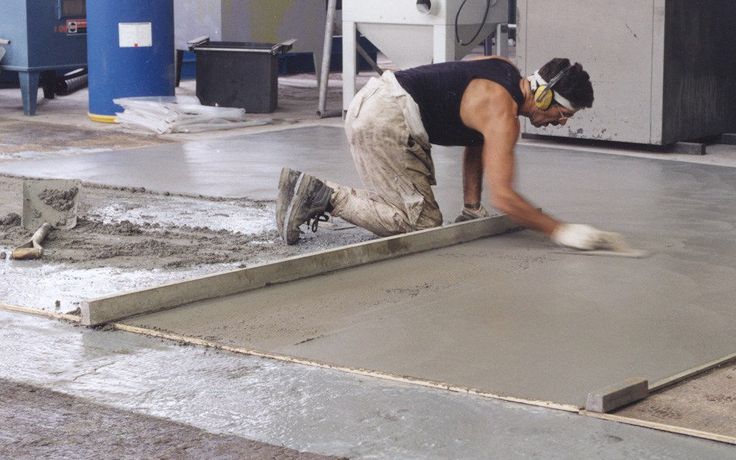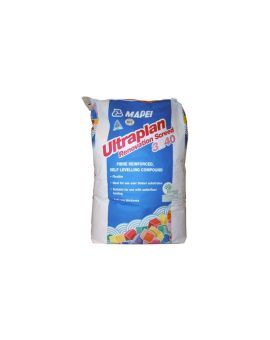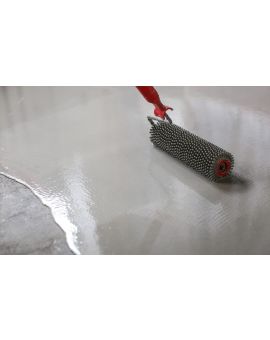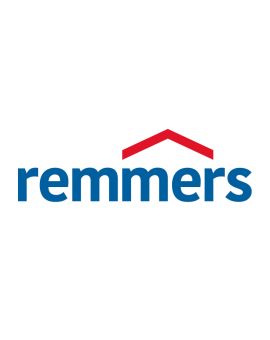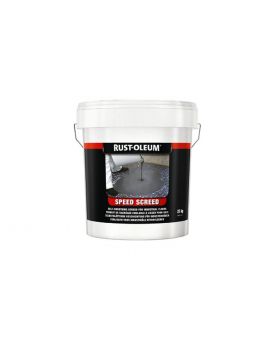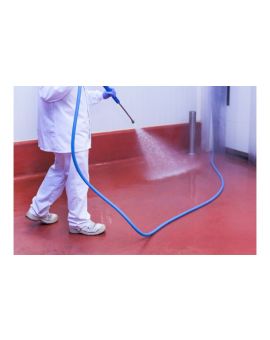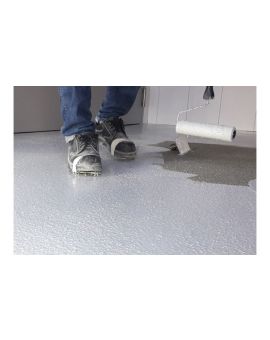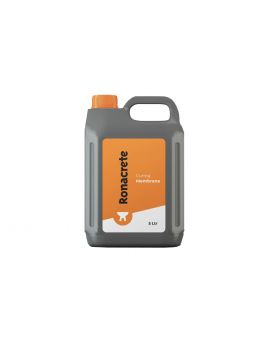£7.75 delivery on orders excluding certain products & postcodes *
Ronacrete Ronafix For Screeds
Ronacrete Ronafix for Screeds is an admixture for thin bonded, floating & unbonded screeds and toppings.
Best Uses
Ronafix screeds are site batched screeding mortars and fine concretes. The mix design for each is Ronafix admixture, cement, medium grade sharp sand, aggregate as determined by the mix design, plus water. The components are measured by weight or by volume on site and mixed to form the screed.
- Will accept foot traffic after 24 hours
- Rapid drying - can receive floor coverings such as vinyl, tiles and carpet after 10 days at 50mm thick
- Excellent wear resistance
- Bonded screeds from 6mm, unbonded and floating from 35mm minimum thickness
- Improved compressive, flexural and tensile strength
- Compatible with underfloor heating systems
- Excellent resistance to passage of water and water vapour
- Suitable for screed pumps
They are used with a primer of Ronafix and cement, which achieves monolithic adhesion to correctly prepared concrete or screeds. Ronafix screeds are used to lay new screeds and toppings as thin as 6mm bonded or 35mm unbonded or floating. The cured mortar bonds securely to suitably prepared surfaces and is water-resistant.
Mixes
- Ronafix Mix A - Screed or screed repair from 6-50mm
- Ronafix Mix A1 - Screed or screeds repair from 25mm
- Ronafix Mix B - Granolithic Topping or repair from 15-25mm
- Ronafix Mix B1 - Granolithic Topping or repair from 25mm
- Ronafix Mix F - Floating screed from 35mm
- Ronafix Mix G - Fine concrete screed from 26mm
See the data sheet for the full mix requirements.
Application
Preparation
The substrate on which the Ronafix screeds are being placed must be structurally sound and stable and suitable to receive a high strength topping. Surfaces should ideally be vacuum shot blasted or similar to expose the aggregate and provide a mechanical key. All grease and oil must be removed. Dust, debris and loose material must be removed by vacuuming. Any defect or weakness in the substrate may result in failure of the topping placed in contact with it. The recommendations given in BS8204-3: 2004 Part 7 should be followed, to assess the suitability of the substrate and maximise the performance of the topping.
Note the minimum and maximum application depths for each mix design. Surfaces must be cut back to allow the minimum depth of mortar to be placed without feather edging.
Damping
The prepared surfaces must be thoroughly damped with clean water. Very porous surfaces may require soaking for up to 24 hours. All surplus water must be removed before the primer is applied.
Priming
Brush apply a coat of Ronafix / cement primer mixed 1:1 by volume to the damp surface immediately before applying the screed, at the rate of 3-4m2 approximately per litre of Ronafix. Mix the primer thoroughly and apply evenly over the surfaces ensuring total and uniform coverage, taking care to avoid ponding. Only prime an area of floor which can be covered by the mortar within the working time of the primer.
Note that the primer must not be allowed to dry. If it dries it must be thoroughly scratched and reapplied.
Mix as per product datasheet guidance.
Placing
As soon as the mortar is mixed, it should be placed onto the wet/tacky primer, compacted, ruled and closed with a float or trowel. Avoid overworking the surfaces, this will increase the tackiness of the mortar. The float should be regularly washed, to prevent build up of polymer/cement paste. Some Ronafix Wearing Screeds contain granite and may need to be polished and finished by final trowelling after placing.
Screeds and toppings with an overall thickness greater than the maximum depth per layer, 50mm approximately, must be placed monolithically (wet on wet) in more than one layer to ensure compaction. Each layer should be of approximately equal thickness and using the same mix design. To ensure satisfactory adhesion the lower layer(s) should be lightly combed, raked or roughened to provide a key for the next layer. Should intermediate layers dry, a priming coat must be applied between layers.
Joints should be formed in the floor screed/topping in line with expansion, contraction and movement joints and, on suspended floors, over support positions to accommodate movement. Isolation joints should also be placed around the perimeter of floor slabs and around columns, manholes and fixed bases. Joints should also be formed between any hot and cold areas of the floor. For further information refer to BS8204-3.
Curing
As soon as possible after finishing the surface, cure with Ronacrete Curing Membrane. Alternatively use tight fitting polythene leaving in place for at least 24 hours to prevent rapid moisture loss and surface cracking and crazing. Take care not to damage the surface. The use of Ronacrete Curing Membrane is preferred, because curing may commence immediately after trowelling is complete.
| Components: | Single Pack |
| Type: | Admixture for Screeds |
| Application Method: | Dependent on System |
| Shelf Life: | Ronafix should be stored unopened between 5°C and 25°C in dry warehouse conditions and out of direct sunlight. In these conditions shelf life is approximately 6 months. |
| Packaging: | Available in 5 and 25 Litres |
